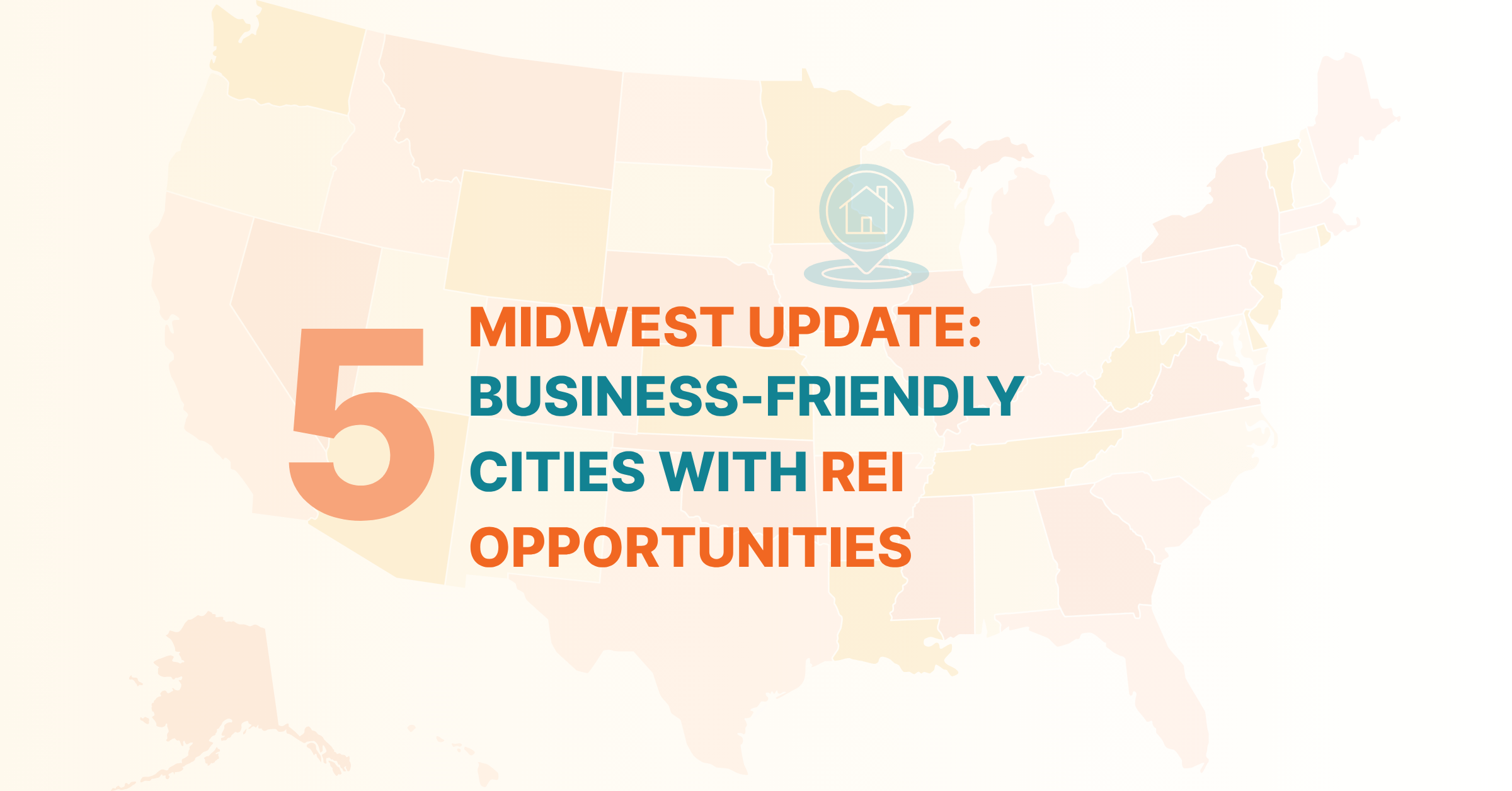Disclaimer: PropStream does not offer investing advice or make profit promises. This article is for educational purposes only. We recommend consulting financial professionals and/or doing your due diligence before investing in NYC real estate.
|
Key Takeaways:
|
New York City (NYC) just celebrated two consecutive years of population growth after a pandemic slump. The city gained 35,000 new residents between July 2022 and July 2023 and 87,000 residents over the next 12 months, bringing its total population to nearly 8.5 million.
As a real estate investor, this is good news. It signals new potential opportunities for home appreciation, rising rents, and attractive off-market deals. Read on to learn more about NYC’s demographic trends and how they could impact your real estate investing strategy.
Table of Contents |
Pandemic Slump and Post-Pandemic Rebound
In the decade between 2010 and 2020, New York City’s population grew by 7.7%, outpacing the nation’s 7.4% average. However, the COVID-19 pandemic wiped out three-fourths of that growth. From April 2020 to July 2021, the city lost 468,293 residents, or 5.3% of its population.
This was largely due to residents fleeing or avoiding the city, e.g., to escape strict lockdowns and/or the virus itself. According to the NYC Department of City Planning, the city’s population drop was most impacted by a fall in net domestic migration. While NYC's net migration is consistently negative, meaning more people move out of NYC to the rest of the U.S. than move into NYC from the rest of the U.S., it took a steep dive from 2020 to 2021.
Furthermore, restrictive federal policies and pandemic travel restrictions dampened foreign immigration into the city, with net international migration falling to a low of 20,000 in 2021.
Since then, NYC’s population has rebounded. Both net domestic migration and net international migration have returned to pre-pandemic levels. The city’s population now stands at 8,478,000 people, below its April 2020 peak of 8.8 million but above the 8,356,000 trough in July 2022.
In short, NYC’s pandemic-era losses were short-lived as the city’s population now continues its long-term upward trend. This follows a broader rebound in urban housing demand, driven by return-to-office policies, immigration, and modern lifestyle preferences.
Neighborhoods to Watch
New York City comprises five boroughs: Manhattan, Brooklyn, Queens, The Bronx, and Staten Island. Between July 2023 and July 2024, all five boroughs grew in population.
Here’s a breakdown of each borough’s population in July 2024 and its year-over-year population change (along with the same data for all of New York City for reference).
.png?width=1252&height=834&name=table%20(1).png)
Manhattan leads the way with the largest population gain (27,435) and growth rate (1.7%). According to the NYC Department of City Planning, Manhattan was also the first to rebound from its pandemic loss.
Brooklyn and Queens are the next fastest-growing boroughs, both growing at 1% year-over-year with a population gain of 24,694 and 22,159, respectively. Meanwhile, the Bronx and Staten Island are growing by 0.7% with a population gain of 9,458 and 3,438, respectively.
Population Growth Forecast
While it’s impossible to predict the future with certainty, the NYC Department of City Planning projects that NYC will continue growing, reaching nearly 9 million by 2035 and 9.5 million by 2055. Here’s the department’s detailed population projection through 2055:
%20(1).png?width=730&height=486&name=table%20(2)%20(1).png)
What This Means For Investors
As a real estate investor, you can capitalize on these population growth trends in many ways.
For one, a growing population increases housing demand, putting upward pressure on property values and rents. As a result, if you buy now, you could build equity over time and eventually resell for a profit. Meanwhile, you can raise rents to boost your cash flow. Just make sure you follow NYC’s rent control regulations, which limit how much you can raise rent from year to year.
Try PropStream for 7 Days Free!
To maximize your returns, consider focusing on NYC markets where demand is growing fastest. For example, investing in Manhattan, where the population is growing at 1.7% year-over-year, may yield better returns than Staten Island, which is growing by 0.7% (all else equal).
Similarly, pay attention to subtrends. For example, according to the New York State Comptroller, New York City’s senior population was the only group analyzed that grew during the pandemic from April 2020 to June 2020, growing by 3.3%. This could open up new opportunities to buy property from senior homeowners who want to downsize or move to a retirement home.
Use PropStream to Find Your Next NYC Property
If you’re ready to grow your NYC real estate investments, PropStream can help. Our database of over 160 million properties includes rich demographic data to help you uncover hidden deals.
For example, you can filter properties by specific NYC neighborhoods and zip codes, where you anticipate the most population growth, or even use our Draw Tool to pinpoint the most precise locations.
You can also filter for senior owners (those who’ve owned their property for over 25 years, have a senior tax exemption on file, or an open reverse mortgage) or tired landlords (those who’ve held their rental properties for 15+ years).
These owners may be more motivated to sell, allowing you to buy at a discount and position your portfolio to benefit from NYC’s ongoing population growth.
Frequently-Asked Questions (FAQs)
Are people moving back to NYC?
Yes, many people are moving back to NYC after leaving during the pandemic. However, most of the city’s recent population growth is from foreign immigrants moving into the city.
Why is NYC’s population growth important for real estate investors?
Population growth typically leads to higher housing demand, which can drive up property values and rental income potential.
Which NYC boroughs are seeing the fastest growth right now?
Manhattan currently leads in both total population gain and growth rate, followed by Brooklyn and Queens.
Is now a good time to invest in NYC real estate?
While the best time to invest in NYC real estate depends on market conditions and your investment strategy, the city’s ongoing population rebound suggests strong long-term return potential. Just don’t forget to do your due diligence.
How can I find off-market deals and motivated sellers in NYC?
What are the risks of investing in NYC compared to other markets?
Unlike some markets, NYC has strict rent control laws, high taxes, and high home values that can raise the barrier to entry and pose risks for investors. However, if you do your due diligence and consult local professionals, you can minimize the risks and still earn high potential returns.
Subscribe to PropStream's Newsletter



